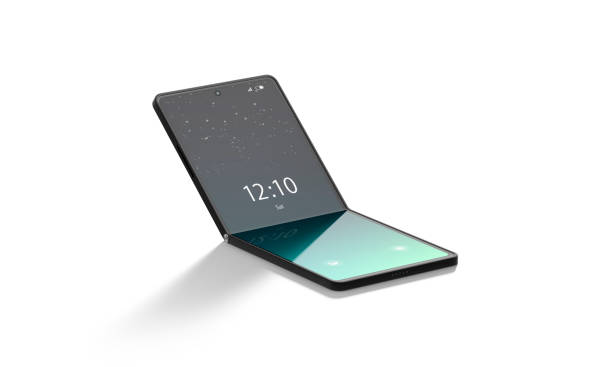Unfolding the Future with Foldable Electronics
The technology world is constantly evolving, with innovative breakthroughs and advancements that continue to reshape our lifestyle. One such development that has gained traction in recent years is foldable electronics. From smartphones to televisions, tech giants are pushing the boundaries of what's possible, introducing devices that not only offer superior features but also redefine the aesthetics of gadgets.

A Glimpse into the Past: Bendable Electronics
The concept of foldable electronics is not entirely new. The idea has been around since the 1970s, with technologies like flexible circuit boards paving the way. However, it wasn’t until the 21st century that we saw real progress in this domain.
The journey was filled with challenges, primarily because traditional electronics were rigid and not designed to bend or fold. Overcoming this obstacle required a complete redesign of components, from the screen to internal circuits, and the invention of new materials that could withstand mechanical stress.
The Game Changer: Foldable Smartphones
The most notable breakthrough in foldable technology came in 2019 when Samsung unveiled the Galaxy Fold, the world’s first commercially available foldable smartphone. It was a significant leap forward, demonstrating that a device could combine the convenience of a smartphone with the large screen of a tablet.
Following Samsung’s lead, other companies like Huawei and Motorola also stepped into the foldable phone market, each bringing their unique approach to the design. As of today, foldable smartphones are becoming increasingly mainstream, and many predict that they will be a common sight in the coming years.
Expanding the Horizon: Beyond Smartphones
While smartphones have been at the forefront of foldable technology, the potential applications extend far beyond. Tech giants like LG and TCL have showcased prototypes of foldable televisions and laptops, indicating that the future of electronics could be much more flexible than we ever imagined.
These devices promise a more immersive user experience and portability. Imagine a television that you can fold and carry in your backpack or a laptop that can be transformed into a tablet by merely folding the screen. It’s not just about convenience but also about redefining how we interact with our gadgets.
The Financial Perspective: A Promising Market
Foldable electronics are not just a technological advancement but also represent a promising market. According to a report by Market Research Future, the global foldable electronics market is expected to reach approximately $13.4 billion by 2027, growing at a CAGR of 62% from 2021 to 2027.
This growth is driven by the increasing demand for innovative and compact devices, along with the rapid advancements in material science and electronics engineering. As more companies invest in this technology, the prices are likely to drop, making these devices more accessible to consumers.
Looking Ahead: The Future of Foldable Technology
As exciting as the current developments are, we are just at the beginning of the foldable technology era. We are likely to witness more advancements in the coming years, with devices becoming more durable, efficient, and affordable. There is also the exciting possibility of integrating foldable technology with other emerging tech trends, like augmented and virtual reality.
In conclusion, foldable electronics represent a paradigm shift in the technology world, challenging the traditional design norms and offering a glimpse into a more flexible and interactive future. As these devices become more prevalent, they are set to redefine our relationship with technology, making our lives more convenient and our gadgets more exciting.




